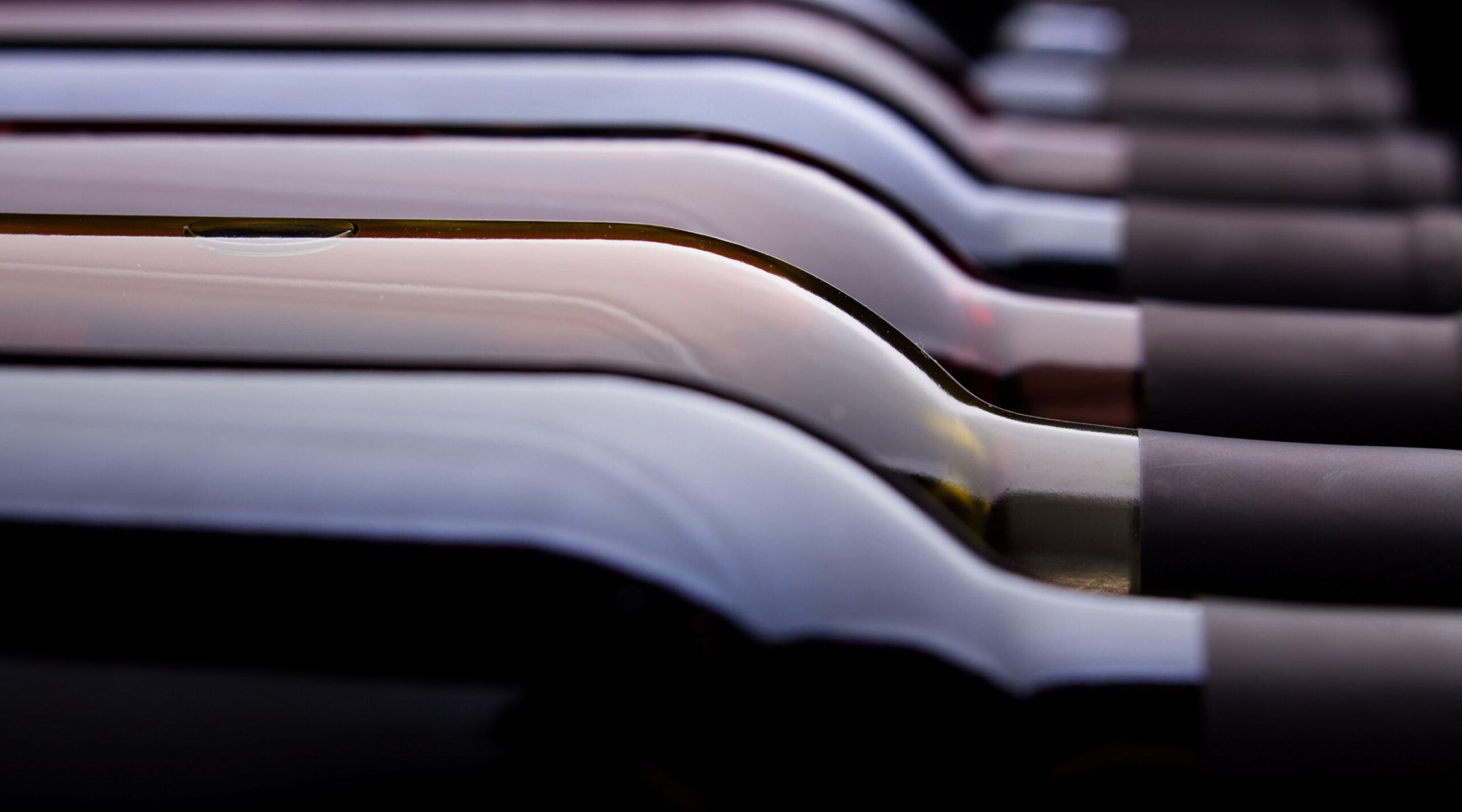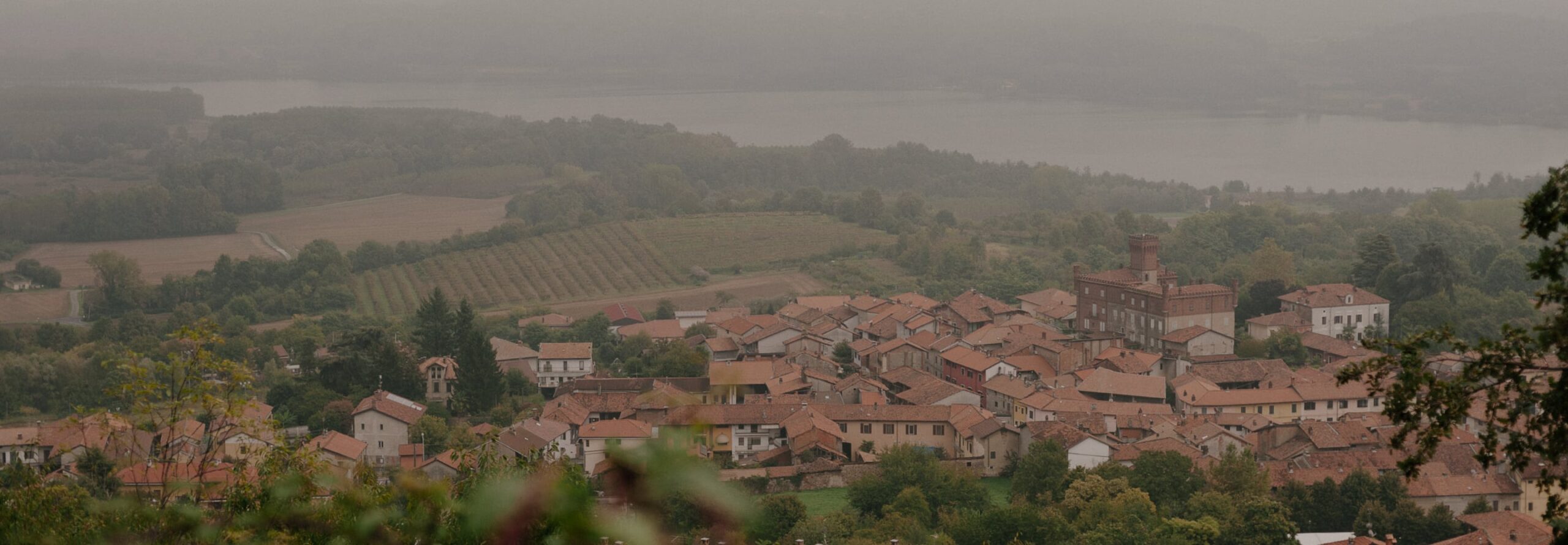A committed classicist, Vincent Bitouzet has provided us with over thirty-years worth of structured, demanding, age-worthy, satisfying wines, both red and white, from the heart of the Cote de Beaune. Based in Volnay and blessed with extensive holdings in Meursault as well, this domaine is a tried and true standard bearer for all that is fundamentally good and sound in Burgundy: conscientious and sensitive work in the vineyards, respect above all for the specific character of each lieu-dit, patience and attention to detail in the cellar, and a commitment to producing wines of depth and, of critical importance, longevity. To truly understand great white and red burgundy, one must wait for these grand expressions of terroir to mature to reveal their splendor and spectacular nuance.
Vincent Bitouzet’s ancestral roots in Burgundy cover at least the last two centuries. His great-great grandfather, M. Gillotte, arrived in Auxey Duresses in 1802 and was mayor of that village. In 1804, the Bitouzet line settled in Volnay. The Bitouzets were one of the first of the family domaines in this region to bottle their wines. Vincent’s grandfather had already garnered medals for his winemaking talents in 1860. Vincent’s wife, Annie Prieur, has equally distinguished antecedents. Her family (both Prieurs and Perronnets) was long established in Meursault and Ladoix. The resulting “merger” of the Bitouzet and Prieur family holdings has created a domaine of distinction and breadth. Francois Bitouzet, the only son of Vincent and Annie, is now working hand-in-hand with his parents as he maintains the deep Burgundian roots of his ancestors.
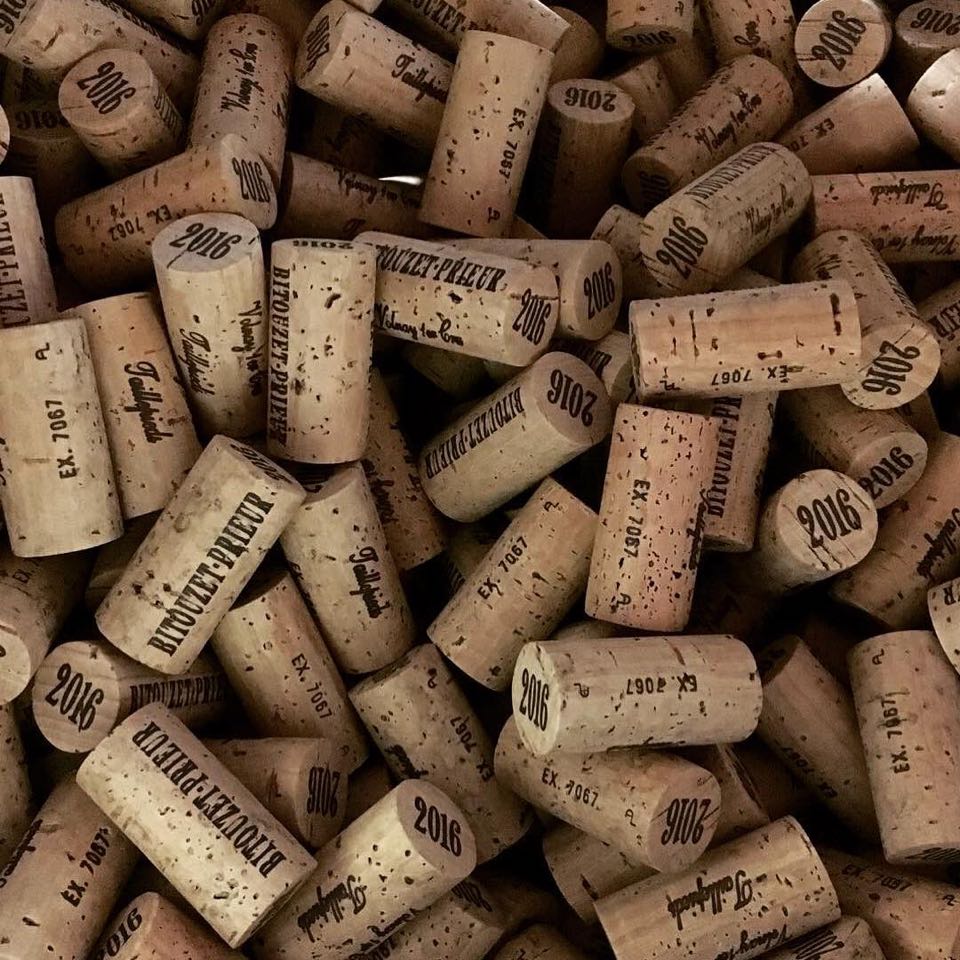
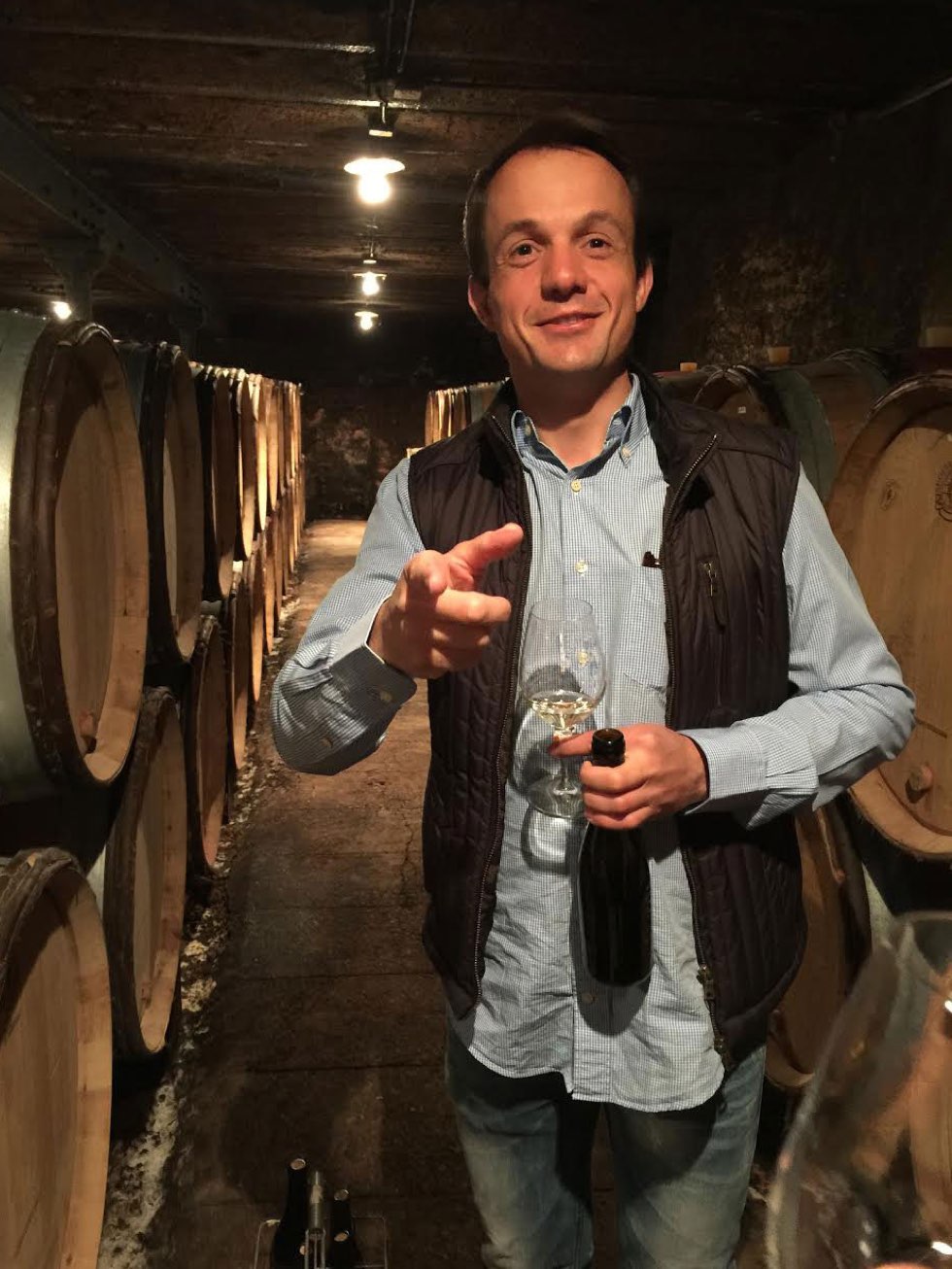
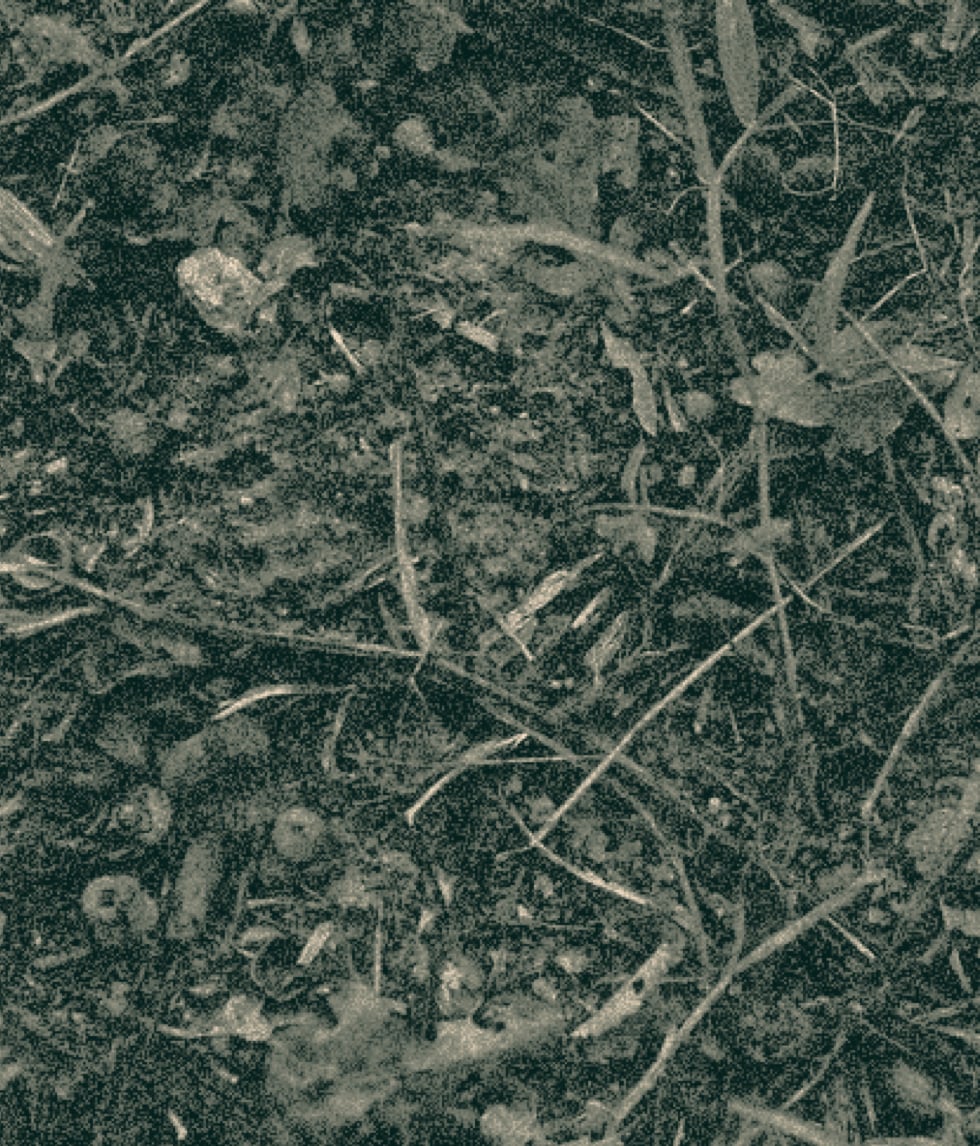
Vincent and Francois Bitouzet rigorously tend their vineyards, practicing organic viticulture that includes practices such as “sexual confusion” to reduce insect infestations, the use of organic compost when necessary, no herbicides or pesticides and severe limitations on the use of copper sulfate.
The domaine consists of 12 hectares, approximately 4 hectares planted to Chardonnay and the remaining 8 hectares to Pinot Noir. In Meursault, the Bitouzets have holdings on the village level in “Les Corbins” and “Clos du Cromin”; and in the 1er Cru lieu-dits of: “Charmes”, “Perrieres” and “Santenots”. In addition, the Bitouzet holdings extend into Puligny where they produce wine from the “Les Levrons” site. In Volnay, the vineyards are spread out amongst the following sites: for the village wine there are about 2 hectares in the neighboring vineyards of “Aussy” and “Ez Echards”; then, there is a breathtaking assortment of 1er Crus which include: “Les Aussy”, “Taillepieds”, “Clos des Chenes”, “Pitures”, and “Caillerets” plus the most recent addition to the lineup, “Mitans”, the production of which is reserved exclusively for distribution in the USA. In addition, there is a 1.25 hectare parcel in Beaune 1er Cru “Cent Vignes”. The Bitouzet-Prieur domaine also produces lovely versions of a trio of basic Burgundies: Bourgogne Blanc, Bourgogne Rouge and Bourgogne Passetoutgrains.
Vincent and Francois Bitouzet rigorously tend their vineyards, practicing organic viticulture that includes practices such as “sexual confusion” to reduce insect infestations, the use of organic compost when necessary, no herbicides or pesticides and severe limitations on the use of copper sulfate. Harvest is done manually. Classic Burgundian vinification is practiced at this traditional domaine. Only indigenous yeasts are used. The whites are fermented and aged in barrel. There is extensive lees contact to develop richness and complexity. Usually not more than 20% of the cuvée will be exposed to new oak. The whites are normally bottled between 15 and 18 months after harvest. For the reds there is a brief cold maceration, the grapes are completely destemmed, and there is a cuvaison of approximately 2 weeks. Bitouzet effects a “pigeage” twice a day and seeks to maximize the temperature during fermentation at 35 degrees Celsius. However, the “pigeage” is done less often if the character of the vintage indicates that a lighter hand will produce more well-balanced wines. Malolactic fermentation takes place in barrel. The reds are bottled between 20 and 24 months after harvest. Bitouzet’s wines (both red and white) are particularly age-worthy. We have been importing the wines of this very special domaine with great pride and satisfaction since the 1976 vintage.
Farming
Practicing organic since 2013, organic methods begun 2009
Treatments
No herbicide since 1995, no synthetic treatments since 2009
Ploughing
Annual ploughing since 1994
Soils
Limestone-clay
Vines
Planted from 1944-2010, vines average 44 years old. Trained in Guyot and planted at 10,000 vines/ha.
Yields
Controlled through severe winter pruning and debudding; yields average 40-55 hl/ha.
Harvest
Exclusively manual
PURCHASING
Entirely estate fruit
Fermentation
After partial destemming (75-80% in warm vintages; total destemming in others) and a 5-10 day cold soak, red ferment spontaneously in stainless-steel tanks for c. 2 weeks. Chardonnay and Aligoté ferment spontaneously in barrels.
Extraction
Punchdowns once per day
Chaptalization
Chaptalization when necessary
Pressing
Pneumatic, whole-cluster direct pressing for white wines, pneumatic pressing for red wines
Malolactic Fermentation
Spontaneous, in barrel in the spring
Élevage
White wines age for 15-18 months in 228-l barrels (up to 20% new); Bourgogne rouge ages c. 12 months, 1er-cru reds age for 20-24 months in 228-l barrels (up to 20% new).
LEeS
All wines rest on their fine lees until assemblage prior to bottling
FINING & FILTRATION
Bentonite fining, diatomaceous earth filtration
SULFUR
Applied at harvest, during élevage, and at bottling

